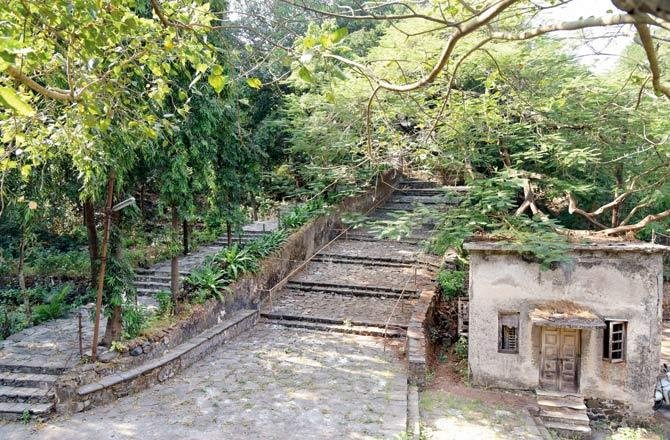The ‘Land of Fire’ has been burning for 4,000 years
“This fireplace has burned 4,000 years and by no means stopped,” says Aliyeva Rahila. “Even the rain coming right here, snow, wind — it by no means stops burning.”
Forward, tall flames dance restlessly throughout a 10-meter stretch of hillside, making a sizzling day even hotter.
That is Yanar Dag — that means “burning mountainside” — on Azerbaijan’s Absheron Peninsula, the place Rahila works as a tour information.
A facet impact of the nation’s plentiful pure fuel reserves, which typically leak to the floor, Yanar Dag is certainly one of a number of spontaneously occurring fires to have fascinated and frightened vacationers to Azerbaijan over the millennia.
Venetian explorer Marco Polo wrote of the mysterious phenomena when he handed via the nation within the 13th century. Different Silk Highway retailers introduced information of the flames as they’d journey to different lands.
It is why the nation earned the moniker the “land of fireplace.”
Historic faith
Such fires had been as soon as plentiful in Azerbaijan, however as a result of they led to a discount of fuel stress underground, interfering with industrial fuel extraction, most have been snuffed out.
Yanar Dag is likely one of the few remaining examples, and maybe essentially the most spectacular.
At one time they performed a key function within the historical Zoroastrian faith, which was based in Iran and flourished in Azerbaijan within the first millennium BCE.
For Zoroastrians, fireplace is a hyperlink between people and the supernatural world, and a medium via which religious perception and knowledge could be gained. It is purifying, life-sustaining and a significant a part of worship.
In the present day, most guests who arrive on the no-frills Yanar Dag guests’ middle come for the spectacle somewhat than non secular achievement.
The expertise is most spectacular at evening, or in winter. When snow falls, the flakes dissolve within the air with out ever touching the bottom, says Rahila.
Regardless of the claimed antiquity of the Yanar Dag flames — some argue that this specific fireplace could solely have been ignited within the 1950s — it is a lengthy 30-minute drive north from the middle of Baku simply to see it. The middle affords solely a small cafe and there is not a lot else within the space.
Ateshgah Fireplace Temple
For a deeper perception into Azerbaijan’s historical past of fireplace worship, guests ought to head east of Baku to Ateshgah Fireplace Temple.
“Since historical occasions, they suppose that [their] god is right here,” says our information, as we enter the pentagonal advanced which was constructed within the 17th and 18th century by Indian settlers in Baku.
Fireplace rituals at this web site date again to the 10th century or earlier. The identify Ateshgah comes from the Persian for “house of fireplace” and the centerpiece of the advanced is a cupola-topped altar shrine, constructed upon a pure fuel vent.
A pure, everlasting flame burned right here on the central altar till 1969, however nowadays the fireplace is fed from Baku’s principal fuel provide and is barely lit for guests.
The temple is related to Zoroastrianism however it’s as a Hindu place of worship that its historical past is healthier documented.
Retailers and ascetics
Constructed like a caravanserai-style vacationers’ inn, the advanced has a walled courtyard surrounded by 24 cells and rooms.
These had been variously utilized by pilgrims, passing retailers (whose donations had been a significant supply of revenue) and resident ascetics, a few of whom submitted themselves to ordeals comparable to mendacity on caustic quicklime, carrying heavy chains, or protecting an arm in a single place for years on finish.
The temple fell out of use as a spot of worship within the late 19th century, at a time when the event of the encompassing oil fields meant that veneration of Mammon was gaining a stronger maintain.
The advanced grew to become a museum in 1975, was nominated as a UNESCO World Heritage Website in 1998, and at present welcomes round 15,000 guests a 12 months.





